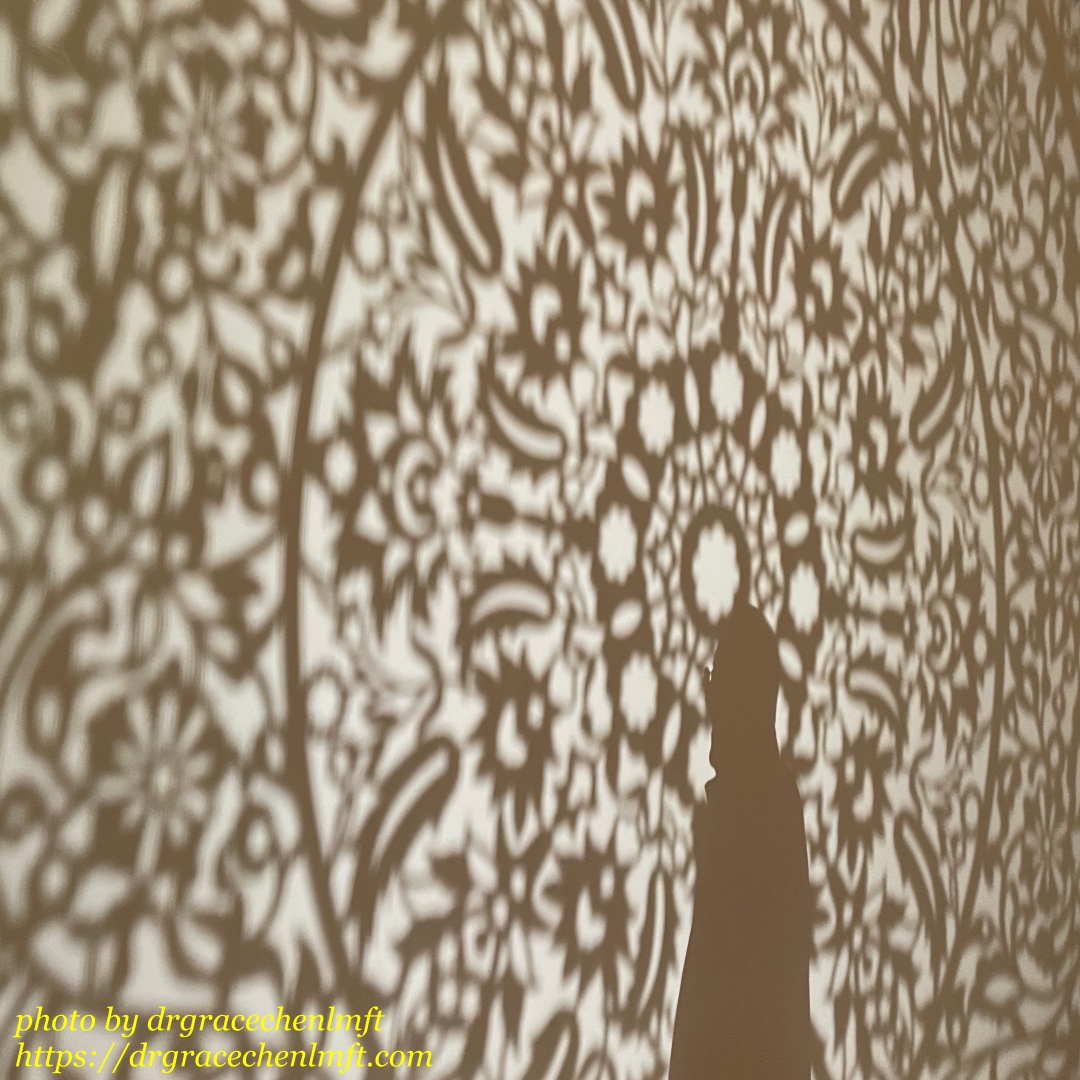Multiple Truth~ ~~
Post-show Reflection from a Couple Therapist’s Viewpoints
~~~ (Part I)

I went to watch “Becoming a Man” at the American Reparatory Theater (Cambridge, MA) two weeks ago. This was a story about a transperson’s transition story. I truly enjoyed the play as it depicted the real struggles of the main character, Carl’s struggle, and his wife Lynette. There were so many points in this play that left me with a strong impression. As a licensed Marriage and Family Therapist, the couple’s interaction is the main focus of this blog.
The main character Carl and his wife Lynette have been together for 20 years. They started dating long before Carl transitioned. In the play, Carl is pleased about finally feeling in his body. At the same time, he continued to hear his previous self, Polly, came out to remind him who he used to be and his past.
Lynette identified herself as a cisgender homosexual female. In the play, she was a homemaker while Carl/Polly was the breadwinner. Lynette struggled with Carl’s decision to transition “without” consulting her and questioned what it meant to her now that she was in a heterosexual relationship.
During the play, I experienced my emotional struggles with Carl and Lynette.
I felt Carl’s sense of freedom and excitement. Why not? He finally felt his mind and body were connected and truly in his body. It was hard for him that his wife couldn’t appreciate his excitement. Secretly, his past self reminded him of who he used to be when he wanted to move on.
It was also hard for Lynette. She asked Carl: “What will we do with our wedding picture?” Polly is the person she married, and Carl is the person standing before her. She had to confront her gender identity and image of her marriage no longer there. In the play, she shares the loss with her friend because the person she married seemed gone.
I thought about the four elements of memory, image, thoughts, emotions, and physical sensations in the Eye Movement Desensitization and Reprocessing (EMDR) Therapy. The image brings up thoughts, emotions, and embodied experiences. Understanding the image is one memory element that helps me understand Lynette’s internal conflict: the image of the person in front of me and my memory didn’t match up.
Many people say: “it’s the same person inside.” Is it? I would like to believe that human beings grow, and the person I was when I started being a mental health clinician 25 years ago is very different than the person I am now. So, even without gender transition, I am another person internally. In addition, my appearance also changed based on my internal experiences and my aging process. So, is it the same person inside?
I feel torn and sad for both Lynette and Carl. Instead of understanding each other’s perspective, they competed whose experiences were valid in each conflict. Carl consistently told Lynette: “You know I have always dressed like a man…..” Lynette consistently told Carl, “It’s always about you.”
Behind each conflict, I hear them asking the other person:
“Why can’t you see me?”
“Why can’t you understand me?”
“Why can’t you feel my struggle?”
“Why can’t you understand I feel so alone in this relationship and need you to come to me?”
However, neither one of them shared their true feelings. Nor did they understand the other person’s perspective.
On the way home from the play, I asked myself, what would I do if I were their couple’s therapist? Marriage and Family Therapy 101 told us to be impartial. I can’t align with either of the partners, but I have to connect with both individually. More importantly, I wished I could be the bridge to assist them in hearing the underlying aloneness and the desire to connect.
(To Be Continued. …..Clicked for Multiple Truth Part II.) You can still catch up with this play if you are nearby.)
One Response